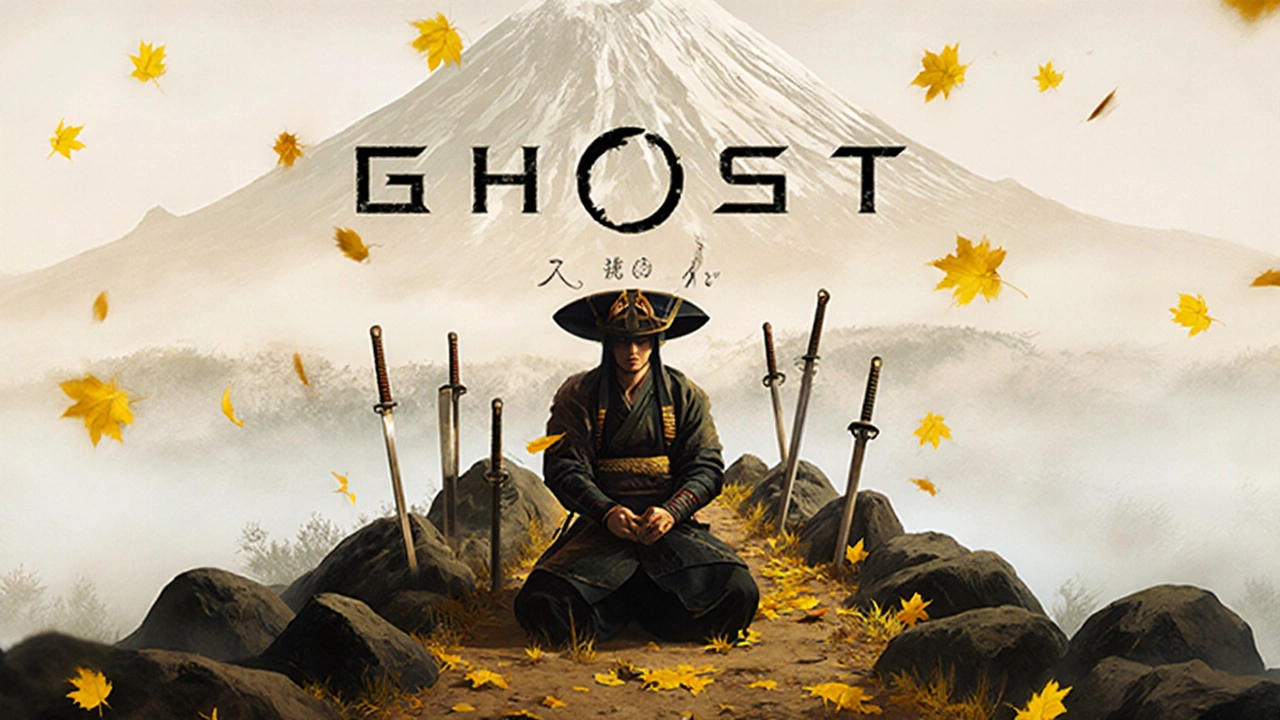26 Sep 2025
- 0 Comments
Character design and community backlash
When Sucker Punch Productions lifted the veil on its upcoming sequel, Ghost of Yōtei, the gaming world expected another polished samurai adventure. Instead, the announcement of a brand‑new female protagonist named Atsu sparked a firestorm that quickly spilled beyond pure fan enthusiasm.
Atsu’s visual palette—bright yellow kimono, stylized armor, and a confident pose—was meant to signal a fresh perspective on feudal Japan. However, many players and industry analysts argued the look clashed with the gritty, atmospheric tone that made Ghost of Tsushima a benchmark for historical immersion. Critics compared the design unfavorably to Naoe from Assassin’s Creed Shadows, claiming that Atsu’s outfit prioritized eye‑catching marketing over authentic world‑building.
The trailer that followed only amplified the discontent. Within hours, dislikes outnumbered likes by roughly three to one, and a wave of refund requests began circulating on forums and social media. The sentiment wasn’t a blanket rejection of a female lead; rather, it centered on a perceived disconnect between Atsu’s aesthetic and the game’s established setting.
Commentators highlighted a deeper cultural divide: a growing segment of gamers wants stronger representation but also demands that such representation feels earned and contextually appropriate. The debate over Atsu became a proxy for larger discussions about how studios balance progressive casting with historical fidelity.

Developer conduct, industry ripple effects, and the road ahead
While the design controversy roiled public opinion, an unrelated yet equally explosive incident erupted in September 2025. Drew Harrison, a senior character‑texture and look‑dev artist at Sucker Punch, posted a series of incendiary messages on BlueSky celebrating the death of conservative commentator Charlie Kirk. The posts, riddled with violent metaphors, ignited an immediate backlash that forced the studio into damage‑control mode.
Sucker Punch responded swiftly. In an interview with Game File’s Stephen Totilo, creative director Brian Fleming confirmed Harrison’s termination and issued a public apology, emphasizing that the employee’s remarks did not reflect the company’s values. The swift action mirrored a broader industry trend where studios are under increasing pressure to police employee conduct on public platforms.
Harrison’s case echoed earlier controversies, such as the fallout from Dragon Age: The Veilguard, where a developer’s off‑hand political comments sparked calls for boycotts. These incidents illustrate how quickly personal expression can become a commercial liability when it intersects with a passionate fanbase.
Amid the turmoil, Sucker Punch disclosed that Ghost of Yōtei was built on a relatively modest $60 million budget—roughly on par with its predecessor. In an era where blockbuster open‑world titles routinely exceed $200 million, the figure suggests that the studio could recoup its investment if the title finds its footing with players.
- Key points of controversy: visual design of Atsu, social‑media misconduct by a senior artist.
- Community response: high dislike ratios, refund requests, heated forums.
- Company reaction: public apology, termination of the offending employee.
- Financial outlook: $60 million budget, comparable to Ghost of Tsushima.
The debate over Atsu’s design also raised questions about the role of political activism in game development. Some critics argue that studios have become overly ideologically driven, risking storytelling quality for messaging. Others contend that inclusive representation is a necessary evolution, especially in historically male‑dominated genres.
As the release window approaches, Ghost of Yōtei sits at a crossroads. Its success—or failure—will provide a bellwether for how the gaming industry navigates the delicate balance between creative ambition, cultural sensitivity, and the ever‑present scrutiny of social media. The outcome may shape future decisions on protagonist design, studio communication policies, and the financial calculus behind mid‑budget, high‑profile titles.
